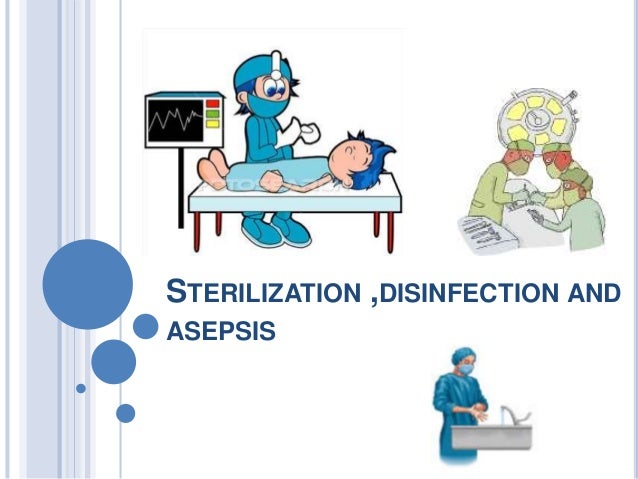
- #Practice medical and surgical asepsis skin
- #Practice medical and surgical asepsis full
- #Practice medical and surgical asepsis professional
- #Practice medical and surgical asepsis free
#Practice medical and surgical asepsis professional
If you’ve ever seen a medical professional wipe down a stethoscope before using it to listen to your breathing, you’ve watched them use clean technique. Minor procedures like physical exams can be performed with clean technique, which is less strict.
#Practice medical and surgical asepsis full
Not every medical procedure requires full aseptic technique.
#Practice medical and surgical asepsis free
Doctors use handwashing, small aseptic fields, and masks and gloves to keep these small areas free from germs. The most common type of aseptic technique, this is the sterilization process used for things like dialysis or IV insertions. Doctors use surgical aseptic technique for procedures that are complicated, take a long time, or involve many parts of the body. It uses everything that sterile technique uses except for the sterile operating suite.

This is a strict form of aseptic technique that can be used outside the operating room. It requires a sterile room, gloves, gowns, caps tools, and masks, along with handwashing and aseptic fields. Sterile technique is used in surgeries and other large, invasive procedures where infection could be the most dangerous. The strictest form of aseptic technique, sterile technique is intended to provide a space that has no germs whatsoever. There are three main types of aseptic technique that medical professionals use, depending on the situation. This is known as creating an “aseptic field,” and it can be as small as a tray of tools or as large as an operating theater depending on the procedure. Finally, controlling the local environment helps keep germs from floating into the area.
#Practice medical and surgical asepsis skin
Meanwhile, the patient’s skin should also be treated with antiseptic to remove any germs that are already present.

That means that tools and equipment are sterilized with heat or alcohol before use unless they’re prepackaged in sterile environments. Anything used in aseptic technique needs to be sterile. A scalpel that falls on the floor is non-sterile because the floor is non-sterile. To do this, a sterile object that touches a non-sterile object is immediately considered non-sterile too. Aseptic technique relies on keeping sterile objects guaranteed sterile. Masks, sterile gloves, and sterile gowns are all types of barriers. A barrier is a physical, sterile object that prevents any germs on the healthcare professionals from getting on the patient. To make sure an area is free from germs, aseptic technique uses four strategies to keep things clean: Procedures that involve aseptic technique include: They’re most important when a healthcare professional needs to put something into your body. When Aseptic Technique Is UsedĪseptic techniques are used in most medical settings. Without these techniques, everything from surgery to simple IV lines would be much more dangerous.

It’s designed to keep dangerous bacteria and other microorganisms out of wounds and protect you from infections when you’re recovering. The simplest and safest way to prevent infection is to keep things as clean as possible.Īseptic technique does just that. Your immune system is strong, but many procedures can carry germs into your body past your normal immune defenses. On average, about 1 in 31 hospital patients has some kind of healthcare-associated infection on any given day. The biggest risk of many medical procedures is the chance for infection. Here’s what you need to know about how it can affect your health. Bacteria, viruses, and microorganisms are everywhere, so using aseptic technique can help keep important equipment from being contaminated. Aseptic technique is a collection of medical practices and procedures that helps protect patients from dangerous germs.


 0 kommentar(er)
0 kommentar(er)
